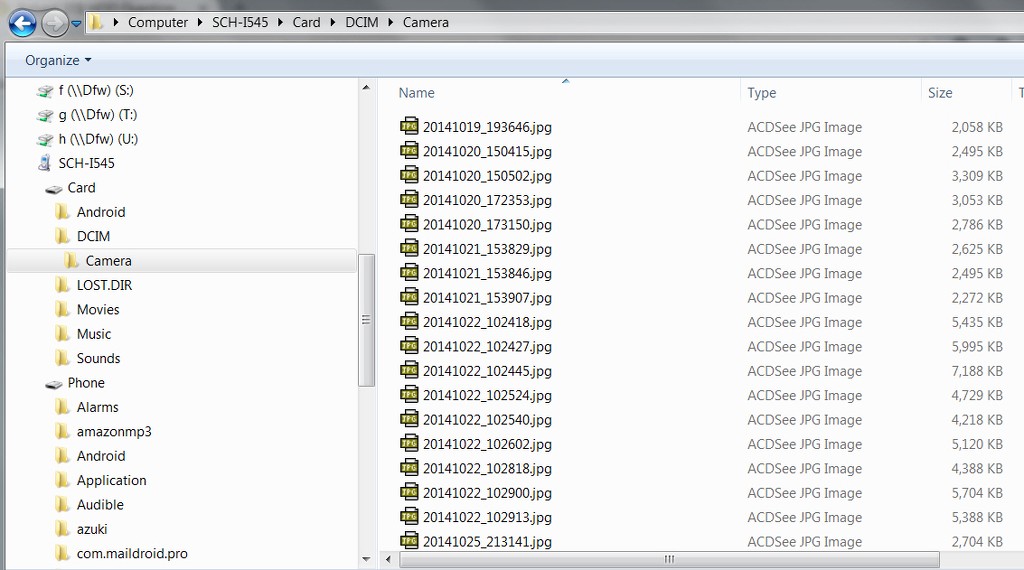New
#1
3TB HDD Question
One of my 2TB HDDs has developed some bad sectors.
The most cost effective replacement HDD that my regular supplier sells is 3TB.
My ASRock 880GMH-LE/USB3 motherboard uses BIOS (not EFI).
My HDD setup currently is:
- 1.5TB (Boot HDD)
- 2x 2TB (Data HDDs)
I have the following operating systems installed:
- W7 Ultimate SP1 (64 bit)
- XP Pro SP3 (32 Bit)
- Linux Mint 17 MATE (64 bit)
I realise that XP may have problems.
I have downloaded a utility from ASRock (3TB+ Unlocker) which is supposed to be able to work around the 32 bit address limitations.
ASRock 3TB+ UnlockerThe fantastic 3TB+ Unlocker tool offers a tweak-friendly feature, breaking the limitation of 32-bit operation system that could only detect the hard disk within 2048GB. It also allows ASRock motherboards without UEFI Technology to take advantage of the hidden storage space on 3TB and larger HDDs, helping to fully utilize the wasted spaces.
I'm not opposed to partitioning the 3TB HDD as 1 TB + 2TB if necessary.
Can I install a 3TB HDD as a data disc (not boot disc) without any other issues?


 Quote
Quote


